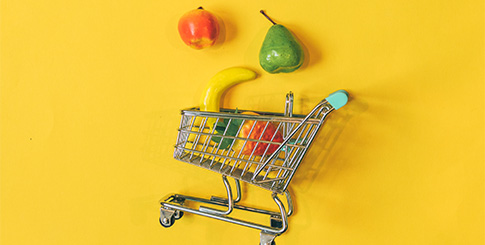That said, meal kits support the produce category as a whole, according to Alex Jackson Berkley, assistant sales manager at Frieda’s Inc., in Los Alamitos. She notes that some supermarkets are working with existing vendors to provide produce for kits, but more significantly, the kits allow consumers to sample unfamiliar or exotic items, raising the chances they will return to the store to purchase more of these unfamiliar commodities. “They’ll buy those new items,” she contends, “even if they’re not buying more meal kits.”
Convenience and choice
Other initiatives focused on customer convenience also seem to be working for supermarkets and include in-store delis; sushi, olive, salad, and hot food bars; readymade or heat-and-eat meals; and prepared salads and other value-added products according to retail marketing consultant Ed Strapagiel. All of these initiatives are widespread and continue to expand, he says, which suggests they’re profitable and popular with consumers as both a convenience and a way to reduce waste. “Stores are expanding the palette of foods they offer,” he notes.
Prepared meals have been a particularly strong lure for shoppers. “Heat-and-eat is kind of like the new frozen entrée,” says Kienzlen, while meal kits are a tradeoff, purchased instead of other foods.
Jackson Berkley points to the surge in value-added healthy products, citing healthy snack packs with a protein-rich combination of grapes, cheese, and nuts as an example. Another is the prevalence of salad bars, formerly tailored to busy moms, but now geared more toward millennials. “This means they’re stepping up the trendiness,” she says, by adding an eclectic mix of salad makings along with chile peppers, exotic vegetables, and fermented items like pickles and sauerkraut.
Shopping Anytime, Anywhere
Supermarkets have also been focusing on ecommerce as another venue for convenience. “One of the drivers certainly seems to be Amazon’s focus on the food industry,” mentions Numainville. “Many supermarket retailers were slowly moving (and some more rapidly) towards ecommerce and other technology before Amazon bought Whole Foods. But since then we’ve seen a flurry of activity and interest by many more retailers, as the future looks different now.”
Nielsen and the Food Marketing Institute estimated in January 2018 that online grocery sales were expected to reach 20 percent of total grocery sales, or $100 billion, as early as 2022—an accelerated timeline compared to research conducted a year earlier.



